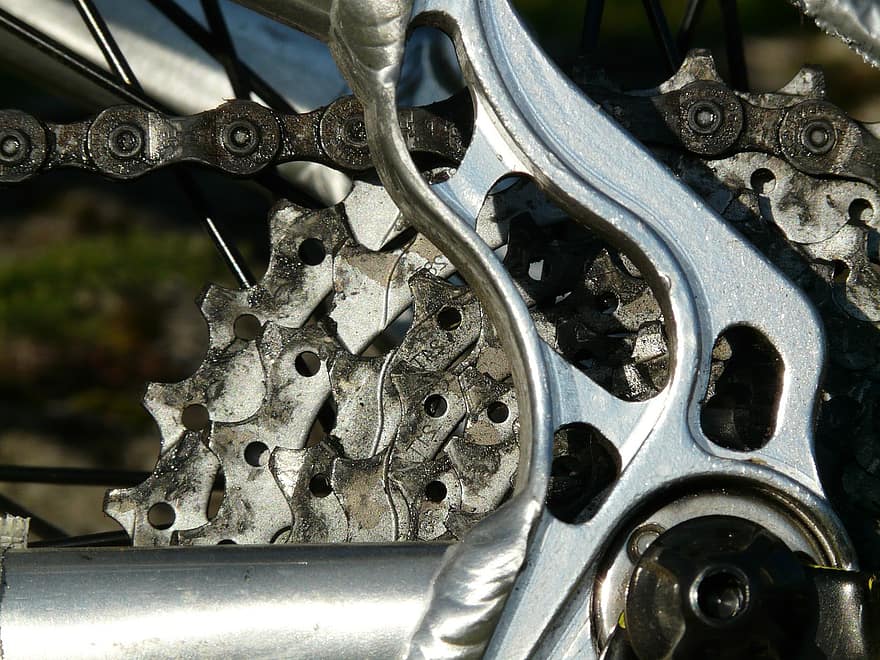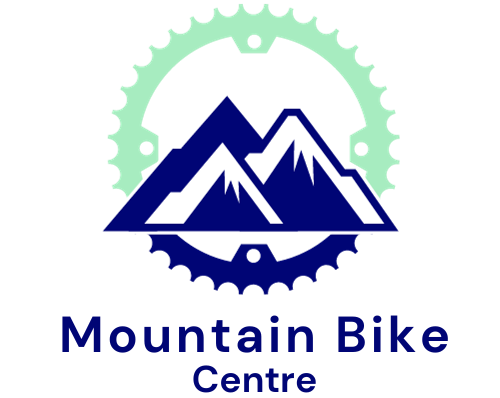
Even if you do ride in the winter, you may have spent several months on the sofa eating comfort food and watching television. Before you know it, spring will have arrived and a new season of mountain biking will begin. Even though your body may not be in shape, these 4 Spring tune up tips for your mountain bike will ensure that your bike is in top form and hopefully your body will soon catch up!
Before you take your bike out, it’s vital to check for wear and tear on your components and adjust them where necessary. The guide below will help:
CHAIN
If you haven’t replaced it in a year or more, it’s a good idea to do so now. Over time, the individual parts in the chain will get worn out, increasing its effective length.
When this happens, the chain is no longer able to fit properly on the cogs and teeth of the chain ring so it wears those teeth out to fit the profile of the chain. If you’re able to replace the chain before it stretches too much you’ll save yourself in the long run from having to replace high priced cogs and chain rings.
BEARING SURFACES
These include your bottom bracket, hubs, and the headset. Each of these should turn without a problem with no play in the system.
Before checking the bottom bracket, make sure each cranking arm is comfortably tight. Next, hold on to the crank arm (not the pedal) and wobble it back and forth. If you hear any clicking or if the crank arm binds, the bottom bracket needs adjusting.
Do the exact same thing with your hubs. Take the wheels off the bike, spin the hub axles, then feel for any free play or binding. If you feel either looseness or snagging, you need to make an adjustment.
To check the headset, start off by putting the newly adjusted wheels back on the bike. Grab the front brake and pull and push the bike back and forth. There shouldn’t be any play. If the headset has too much play, you will feel the fork’s steerer tube moving with the bike. This is most noticeable as the handlebars move as well. Once you are sure that the excess movement is not coming from a loose brake shoe or pad, then you will need to adjust the headset.
WHEELS and TYRES
Check how much tread your tyres have left and check for knobs that are flaking off too. Inspect the tyre to ensure there are no small tears or anything stuck in the tyre that could become a problem.
It’s fairly common for the actual casings to fail before you’ve even worn out the tread – look for excessive sidewall wear and abrasions or threads sticking out from the casings.
If you are using tubeless tyres, you should refresh them with a new application of your preferred sealant.
Squeeze the spokes gently to see if any are loose and look closely for hairline cracks where the nipples meet the rim – they can quickly turn into a major problem.
BRAKES
First check the condition of your cables and housing. The cables should be rust free and the housing shouldn’t be cracked or kinked. If you see any of these problems, you should replace the worn parts because, if you don’t, your shifting and braking will be sloppy.
Now you should inspect your brake pads. Most pads will have ridges or indicator marks that will let you know when they need to be replaced. Brake pads that are worn out will compromise both safety and braking efficiency.
Once you’ve got the mountain bike tune ups out of the way, it’s time to go for a ride. With your mountain bike in good shape and running better than ever, all you have to do now is have fun in the fresh air while your mind and body will be reinvigorated too!
